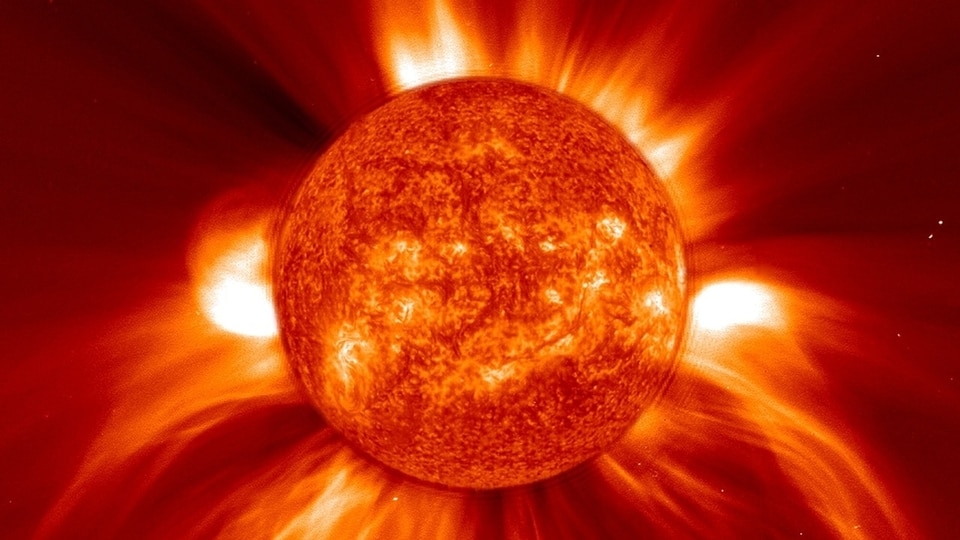Geomagnetic storm to hit Earth? NASA reveals how volatile Sun is brewing up a solar storm
Recently a solar flare has been detected by NASA that has the potential to spark geomagnetic storms on Earth. Read here to know how the volatile Sun is brewing up a massive solar storm event.
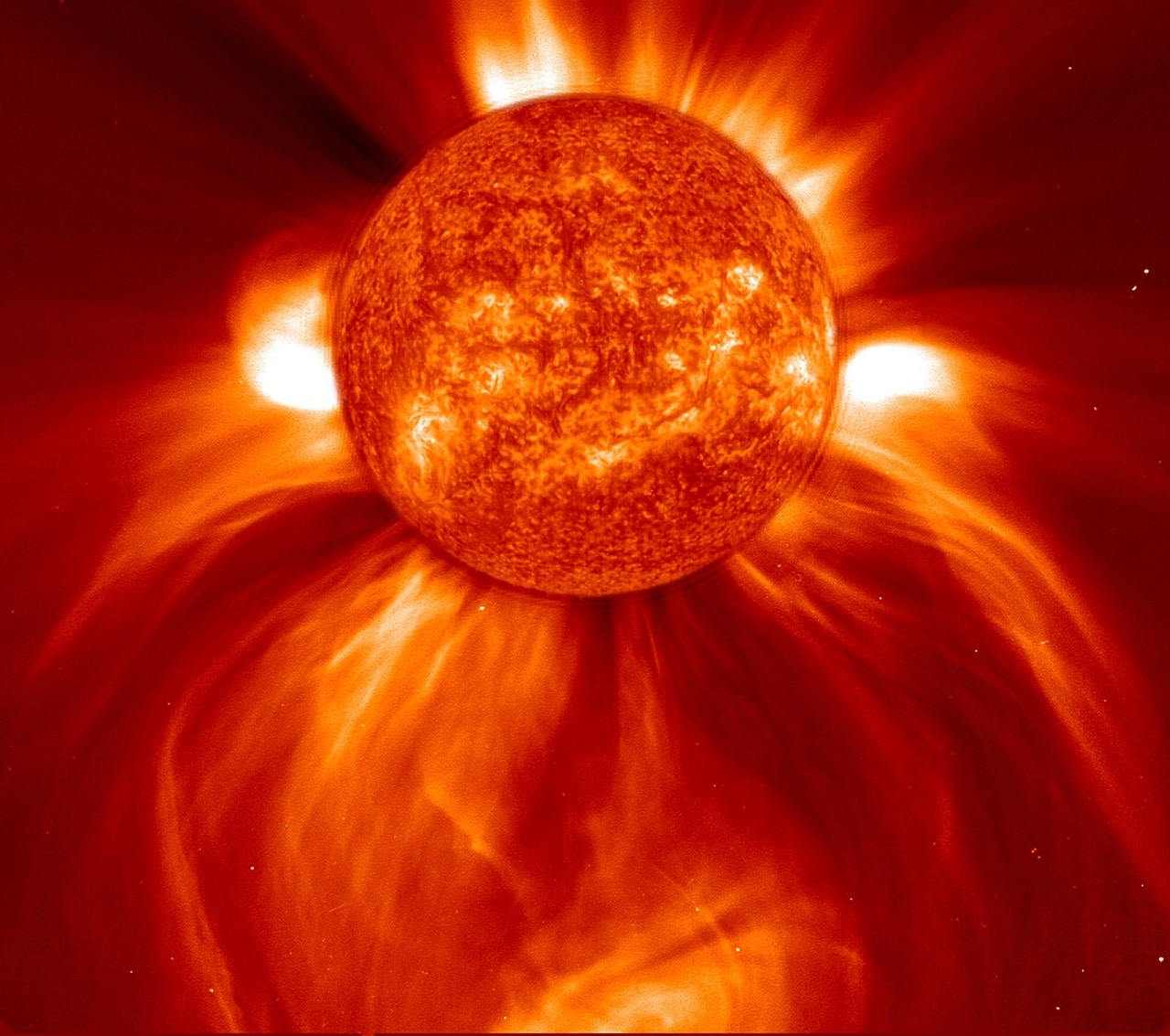
_1650614444757.png)
_1650614444757_1650614518141.png)
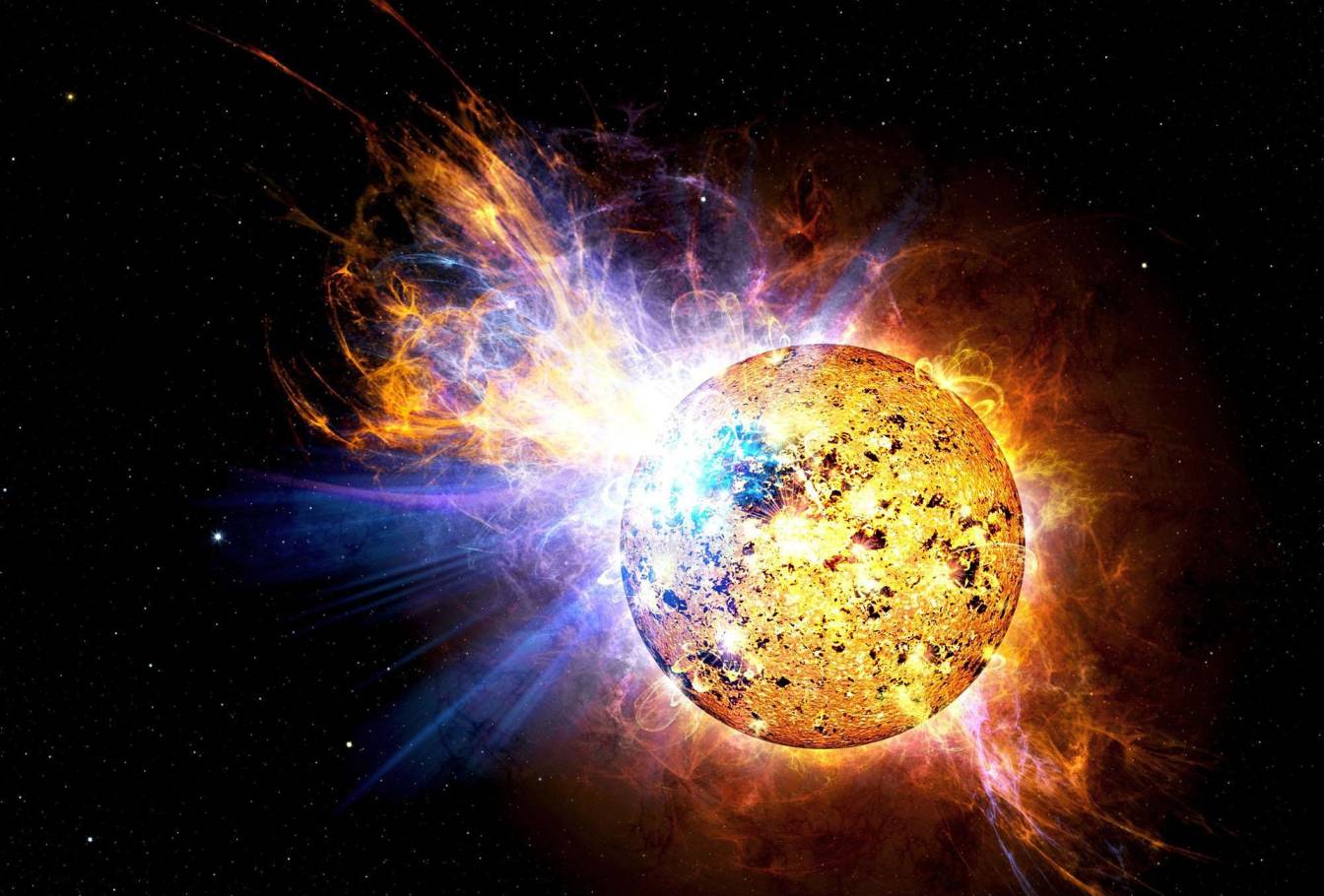
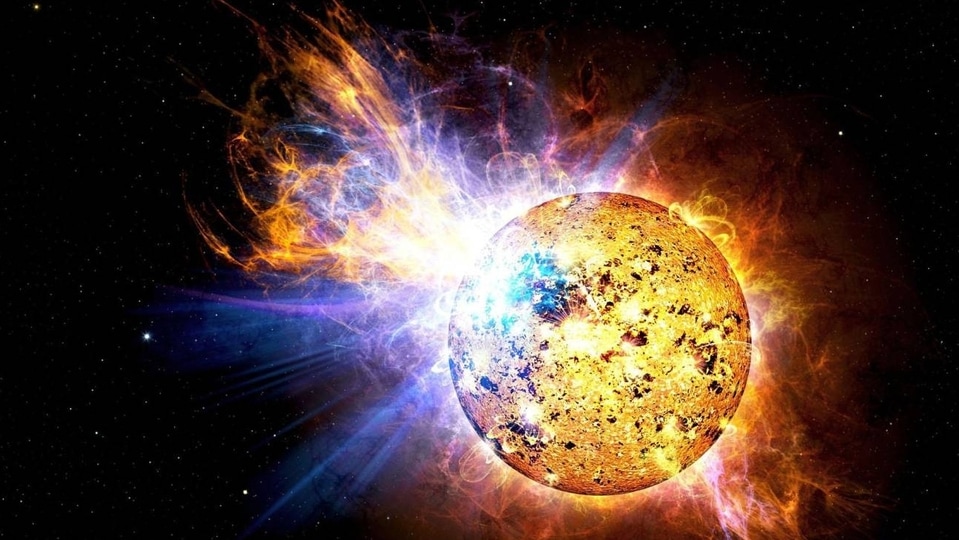
_1639373804152.jpg)
_1639373804152_1639373815879.jpg)
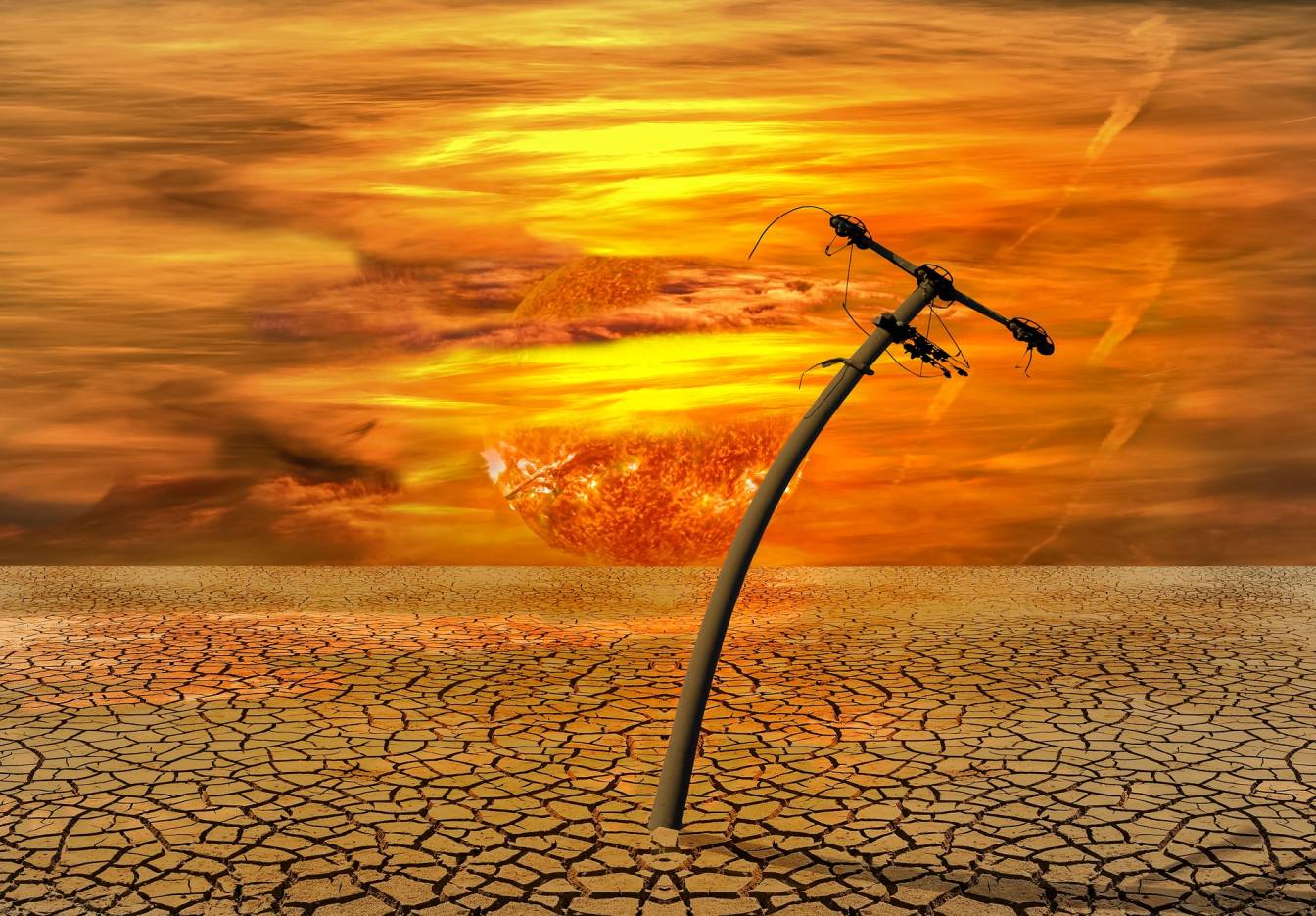

First Published Date: 10 Oct, 19:09 IST
NEXT ARTICLE BEGINS




